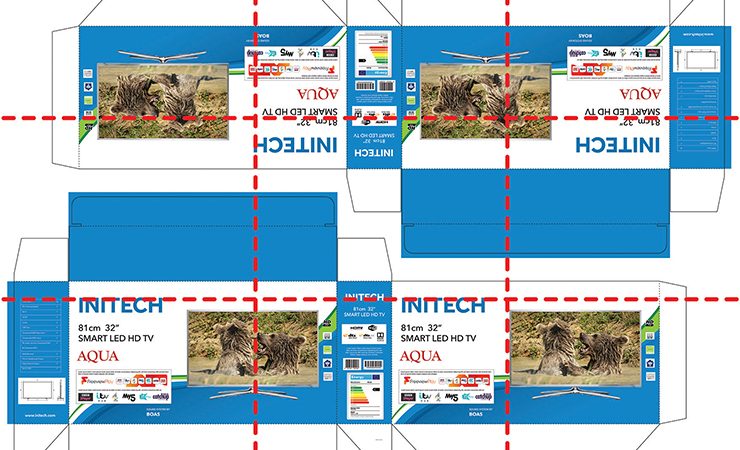Global Graphics Software has released the latest version of its Harlequin RIP, which is claimed to ‘raise the bar’ in terms of productivity features for print service providers.
Key new features of Harlequin Host Renderer 13 include automatic tiling for processing large scale output at high speed, and extended advanced inkjet screens for enhanced image quality.
Automatic tiling maximises the throughput of huge PDF, TIFF and JPEG files, such as those generated in the corrugated packaging, wide and grand format, décor and textile markets. v13 automatically tiles these large pages – some can be up to 200m long – to split them across multiple RIPs for increased speed and improved load balancing. Output is continuously streamed to the printer so that print service providers don’t have to wait for the entire page to be RIPped before printing can begin. This minimises RAM requirements and costs for a digital front end (DFE) processing very large output.
‘The new tiling feature is specifically for high-speed digital printing,’ noted Martin Bailey, Global Graphics Software’s chief technology officer. ‘Automatic tiling helps in maximising throughput by splitting the output across several RIPs. It also reduces the cost for a DFE built to handle huge PDF pages, either every day or as an occasional occurrence, because the peak memory usage for a tile can be much lower than that for the whole page.’
Mr Bailey continued, ‘Speed continues to be a key focus of Harlequin development, because a faster RIP enables presses with very high data rates to be driven at engine speed and reduces the bill of materials for a digital front end (DFE) or controller.’
Extended advanced inkjet screens are brought about with the introduction of Opal, which is noted as ‘especially good’ at mitigating artifacts when inkjet printing on absorbent substrates at higher resolutions. This increases the perceived quality, and therefore saleability, of inkjet prints, and can enable the use of lower cost substrates.
Other new features of v13 include:
- Direct printing of PNG files, an important file type in some sectors of wide format and product decoration, in addition to PDF, PostScript, EPS, TIFF, JPEG, etc. Consistent colour management and halftone screening can be added for all input formats using a common API;
- Enhanced controls over sizing of output from image file formats such as TIFF, JPEG and PNG where the image does not specify a size; and
- Extended support for larger DFEs, scaling from a single RIP instance, through multiple RIPs on the same server, to multiple RIPs on each of multiple servers.
Harlequin Host Renderer is supported on 32- and 64-bit Microsoft Windows, 64-bit Linux and Mac operating systems.




